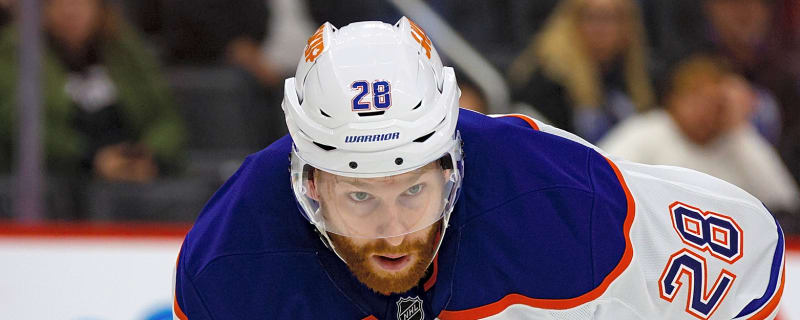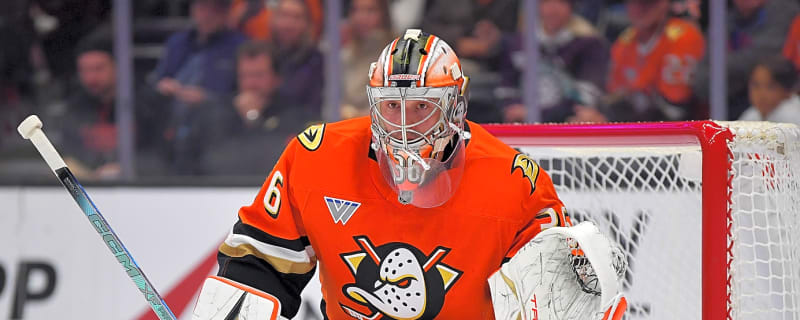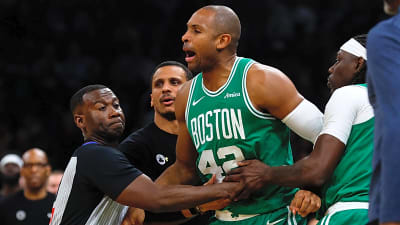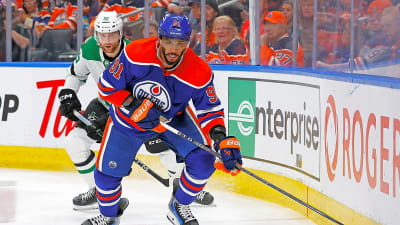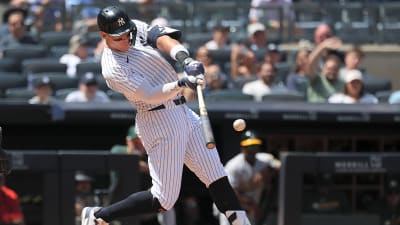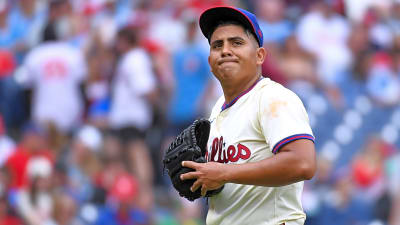- Home
- Quizzes
- My Quiz Activity
- Newsletters
- MY FAVORITES
- Add Sports/Teams
- SPORTS
-
NFL
- NFL Home
- Arizona Cardinals
- Atlanta Falcons
- Baltimore Ravens
- Buffalo Bills
- Carolina Panthers
- Chicago Bears
- Cincinnati Bengals
- Cleveland Browns
- Dallas Cowboys
- Denver Broncos
- Detroit Lions
- Green Bay Packers
- Houston Texans
- Indianapolis Colts
- Jacksonville Jaguars
- Kansas City Chiefs
- Las Vegas Raiders
- Los Angeles Chargers
- Los Angeles Rams
- Miami Dolphins
- Minnesota Vikings
- New England Patriots
- New Orleans Saints
- New York Jets
- New York Giants
- Philadelphia Eagles
- Pittsburgh Steelers
- San Francisco 49ers
- Seattle Seahawks
- Tampa Bay Buccaneers
- Tennessee Titans
- Washington Commanders
-
MLB
- MLB Home
- Athletics
- Arizona Diamondbacks
- Atlanta Braves
- Baltimore Orioles
- Boston Red Sox
- Chicago White Sox
- Chicago Cubs
- Cincinnati Reds
- Cleveland Guardians
- Colorado Rockies
- Detroit Tigers
- Houston Astros
- Kansas City Royals
- Los Angeles Angels
- Los Angeles Dodgers
- Miami Marlins
- Milwaukee Brewers
- Minnesota Twins
- New York Yankees
- New York Mets
- Philadelphia Phillies
- Pittsburgh Pirates
- San Diego Padres
- San Francisco Giants
- Seattle Mariners
- St. Louis Cardinals
- Tampa Bay Rays
- Texas Rangers
- Toronto Blue Jays
- Washington Nationals
-
NBA
- NBA Home
- Atlanta Hawks
- Boston Celtics
- Brooklyn Nets
- Charlotte Hornets
- Chicago Bulls
- Cleveland Cavaliers
- Dallas Mavericks
- Denver Nuggets
- Detroit Pistons
- Golden State Warriors
- Houston Rockets
- Indiana Pacers
- Los Angeles Clippers
- Los Angeles Lakers
- Memphis Grizzlies
- Miami Heat
- Milwaukee Bucks
- Minnesota Timberwolves
- New Orleans Pelicans
- New York Knicks
- Oklahoma City Thunder
- Orlando Magic
- Philadelphia 76ers
- Phoenix Suns
- Portland Trail Blazers
- Sacramento Kings
- San Antonio Spurs
- Toronto Raptors
- Utah Jazz
- Washington Wizards
-
NHL
- NHL Home
- Anaheim Ducks
- Boston Bruins
- Buffalo Sabres
- Calgary Flames
- Carolina Hurricanes
- Chicago Blackhawks
- Colorado Avalanche
- Columbus Blue Jackets
- Dallas Stars
- Detroit Red Wings
- Edmonton Oilers
- Florida Panthers
- Los Angeles Kings
- Minnesota Wild
- Montreal Canadiens
- Nashville Predators
- New Jersey Devils
- New York Islanders
- New York Rangers
- Ottawa Senators
- Philadelphia Flyers
- Pittsburgh Penguins
- San Jose Sharks
- Seattle Kraken
- St. Louis Blues
- Tampa Bay Lightning
- Toronto Maple Leafs
- Utah Mammoth
- Vancouver Canucks
- Vegas Golden Knights
- Washington Capitals
- Winnipeg Jets
- NCAAF
- NCAAM
- Olympics
- Boxing
- Entertainment
- Lifestyle
- Golf
- MMA
- Soccer
- Tennis
- Wrestling
- Sports Betting
- More Sports
- RESOURCES
- My Account
- YB on Facebook
- YB on Twitter
- YB on Flipboard
- Contact Us
- Privacy Policy
- Terms of Service
Mitch Marner reportedly traded to Golden Knights after signing eight-year deal with Maple Leafs
Several reports are surfacing that Marner has signed an eight-year deal with the Toronto Maple Leafs and has been promptly traded to the Vegas Golden Knights.
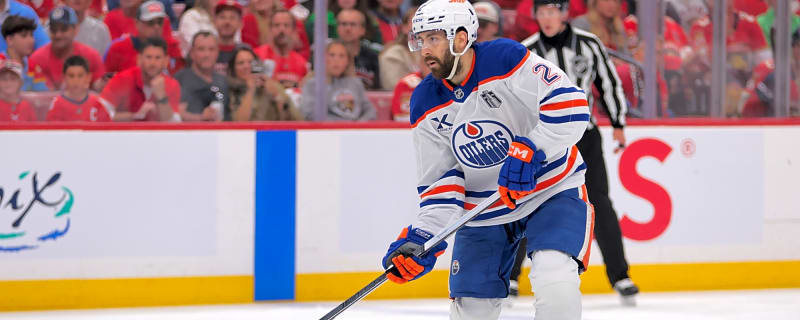
Oilers will reportedly use up most of their cap space to extend Evan Bouchard
As first reported by Cam Robinson of EliteProspects and later confirmed by TSN’s Chris Johnston, the Edmonton Oilers are putting the finishing touches on an extension for pending restricted free agent defenseman Evan Bouchard.

Panthers expected to sign Aaron Ekblad to max-term extension
The Panthers and defenseman Aaron Ekblad have made significant progress on a long-term extension to keep him away from the free-agent market.

Evander Kane reportedly involved in altercation days after trade to Canucks
The Canucks' newest acquisition Evander Kane was reportedly jumped in Vancouver Monday night and he needed medical attention but appears to be doing fine, further adding to his haunted past.
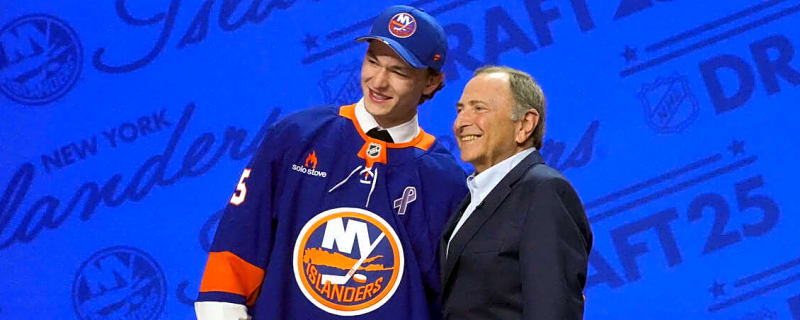
The 'First-overall NHL Draft picks' quiz
In the history of the NHL Draft, 61 players have been selected No. 1 overall. How many of the can you name in six minutes?
Three former Maple Leafs who could reunite with team in free agency
Free agency opens in less than 24 hours, and things are starting to heat up.
The 25 greatest American-born hockey players of all-time
Hockey might be the official sport of Canada, but the United States has also produced some elite talent. With that in mind, here's our list of the 25 best U.S.-born players, listed in alphabetical order.
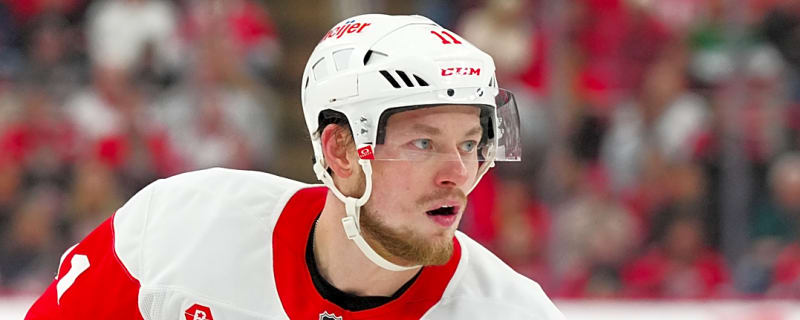
Wild acquire former first-round pick from Red Wings
The two-time Stanley Cup champion and All-Star couldn’t hang onto a consistent top-six role with the Wings, and his 11 goals and 33 points in 80 games amounted to the worst scoring pace of his 13-year NHL career.
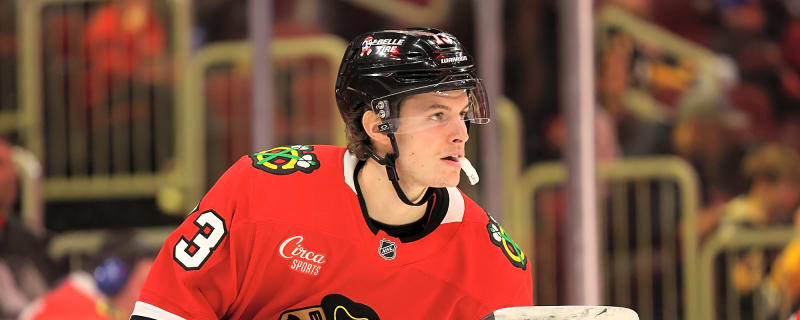
Trade interest in Blackhawks forward increasing
A Blackhawks forward is generating trade interest.

Maple Leafs extending young star is big change of pace from previous era
The Toronto Maple Leafs took care of an important piece of business on Sunday afternoon by reportedly re-signing restricted free agent forward Matthew Knies to a six-year contract that will pay him $7.75M per season.

Ducks rookie Roger McQueen chooses perfect jersey number
The 10th overall pick in the 2025 NHL Draft has chosen a perfect jersey number to begin his new career.
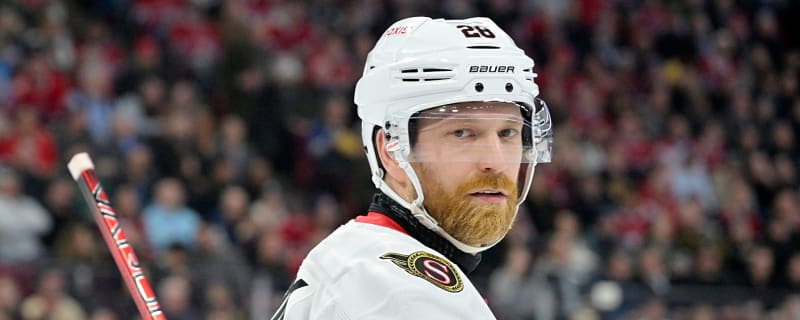
Senators sign forward Claude Giroux to contract extension
The Senators and pending UFA Claude Giroux are “putting the finishing touches” on an extension, Chris Johnston of TSN and The Athletic reports. The Senators have since confirmed the deal.
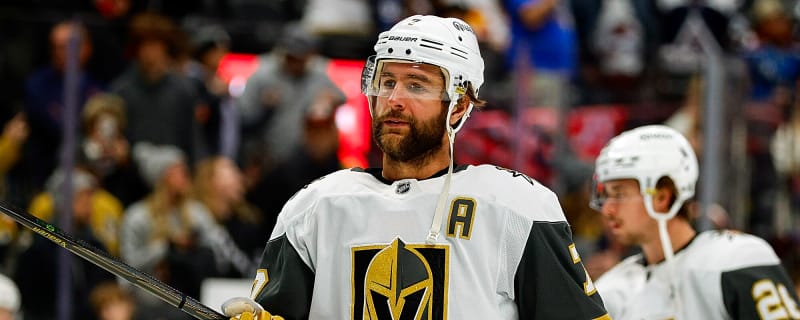
Golden Knights defenseman set for 'multiple major surgeries,' could miss 2025-26 season
After weeks of speculation, it’s looking more like Golden Knights defenseman Alex Pietrangelo won’t be available next season.
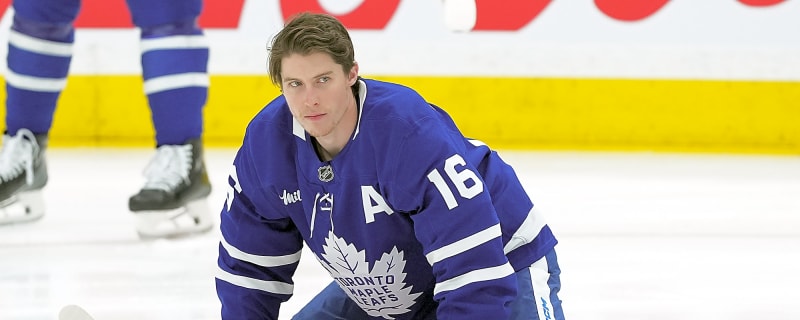
Maple Leafs in negotiations for blockbuster Mitch Marner sign-and-trade
Adding Marner would be enough to create one of the most dynamic offenses in the league.
Desperate Red Wings had to take a chance on former All-Star goalie
In the interest of putting an end to one of the darkest periods of a once-proud franchise, the Detroit Red Wings traded for a veteran goalie.

Canadiens trade talks for Jordan Kyrou intensifying
The Montreal Canadiens appear far from finished after Friday’s blockbuster deal for defenseman Noah Dobson.
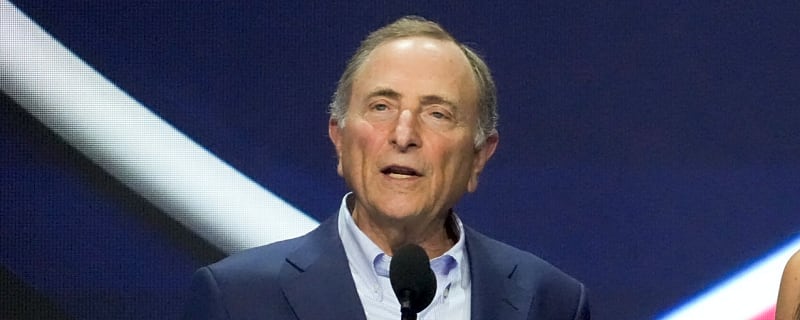
Why NHL Draft weekend was a dud for major trades
But despite a ton of rumors in the days and weeks leading up to the 2025 NHL Draft, the weekend went by with only a handful of trades (most of them involving draft picks) and only a couple that really registered as significant player movement.
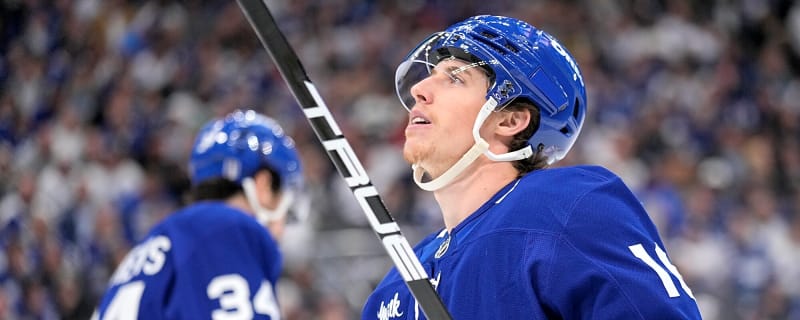
Tampering concerns cast shadow over Mitch Marner, Brad Marchand in free agency
With the NHL reinforcing its stance on tampering ahead of the July 1 free agency window, all eyes are on how it could affect the league’s top available name: Mitch Marner.

L.A. Kings are in good hands with HOF executive Ken Holland
Already enshrined in the Hockey Hall of Fame as a builder, Holland appears to still be motivated to prove himself as a top executive in the NHL.
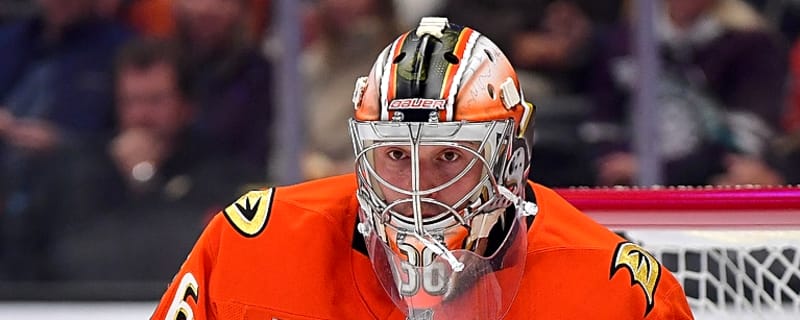
John Gibson trade might not be solution to Red Wings' goalie woes
Despite their hopes to the contrary, the Detroit Red Wings' recent trade for Anaheim Ducks goalie John Gibson might not solve their goalie woes.

Ducks finally find trade partner for longtime goalie John Gibson
The Red Wings are set to acquire goaltender John Gibson from the Ducks.
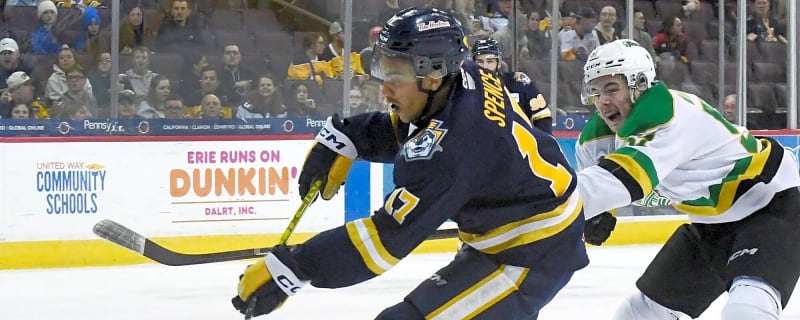
Rangers select top-ranked best available player on second day of 2025 NHL Draft
The Rangers got major value early in the second round.

Elliotte Friedman strongly hints at Mitch Marner's next team: 'I'm going to stick with that until I'm proven wrong'
Mitch Marner is the biggest name on the free-agent market this summer.

Kyle Dubas is rapidly rebuilding Penguins' barren farm system
The vision of the Penguins' front office is starting to play out as they rapidly increase the talent level in their farm system.

David Pastrnak rumored to be 'heavily pursued' by the Florida Panthers, per source
The latest rumor surrounding Bruins superstar David Pastrnak is that he is being heavily pursued by Panthers GM Bill Zito.
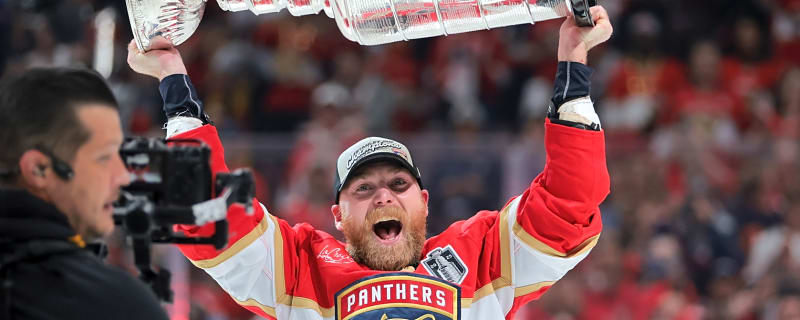
Stanley Cup playoffs MVP re-signs with Panthers on risky contract
Nobody is going to blame the Panthers in the moment for doing this. That does not mean it is not without its risks.

2025 NHL Draft winners, losers: Big night for Islanders but not for the fans
The first round of the 2025 NHL Draft is, finally, a wrap. There were, as always, winners and losers — teams, players and fans alike.
Breaking News
Trending News
My Favorites
Customize Your Newsletter
 +
+
Get the latest news and rumors, customized to your favorite sports and teams. Emailed daily. Always free!
PRIVACY POLICY EDITORIAL POLICY CONTACT US
ABOUT YARDBARKER TERMS OF SERVICE
Use of this website (including any and all parts and
components) constitutes your acceptance of these
Terms of Service and Privacy Policy.
This site is for entertainment purposes only.
There is no gambling offered on this site.
Gambling Problem? Call 1-800-Gambler.

 Free Newsletters
Free Newsletters